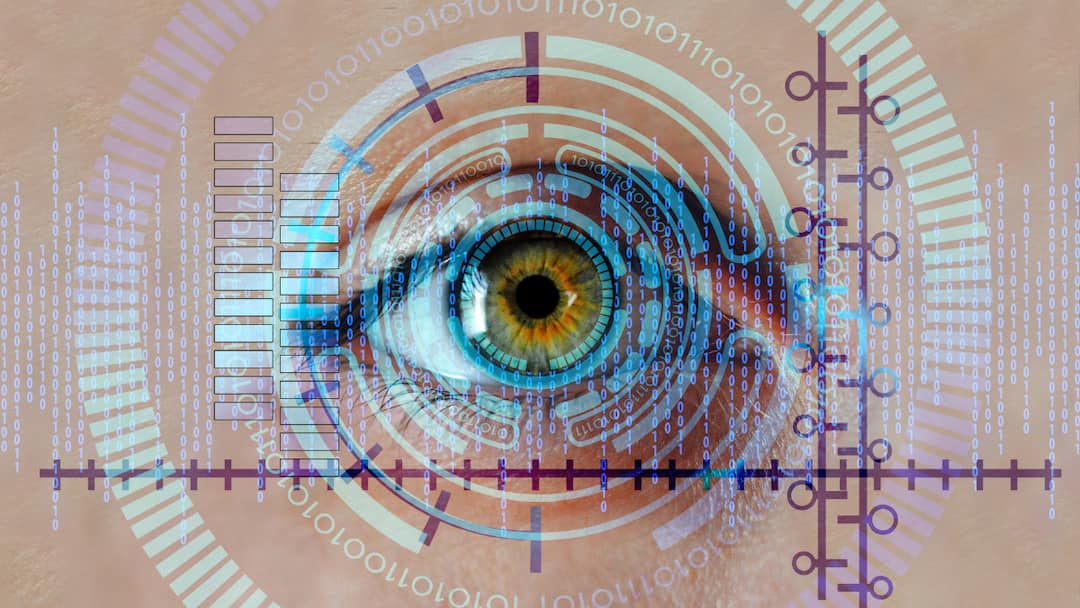(Dr. Santanu Mandal)
November is observed as Diabetic Eye Disease Awareness Month, a month dedicated to educating people about the serious eye complications associated with diabetes and the importance of preventive care. For millions living with diabetes, vision loss can occur silently, as diabetic eye diseases often progress without noticeable symptoms in the initial stages. This makes regular, comprehensive eye examinations, especially annual dilated eye checkups, an essential part of diabetes management. In India, where the prevalence of diabetes continues to rise rapidly, such awareness is not only timely but also critical for protecting long-term eye health.
ALSO READ: Know How Ageing Can Impact Diabetes Management And What Older Adults Should Consider
Diabetic Eye Disease And Its Types
Diabetic eye disease is an umbrella term for several vision-related complications that occur due to long-standing high blood sugar levels. The most common among these is diabetic retinopathy, which results from damage to the small blood vessels in the retina. Over time, elevated glucose weakens these vessels, causing them to leak fluid or grow in abnormal patterns. If untreated, this can lead to blurred vision, the appearance of dark spots and even irreversible blindness. Another significant condition is diabetic macular edema, where fluid accumulates in the macula, the part of the retina that allows sharp, central vision. People with diabetes are also at increased risk of early cataracts and glaucoma, with studies indicating that diabetics are several times more likely to develop these issues compared to those without the condition.
These complications stem primarily from prolonged exposure to high blood sugar, which damages blood vessels and reduces oxygen supply to retinal tissues. As the body attempts to compensate, fragile new vessels may form, increasing the likelihood of bleeding and scarring. Additional risk factors such as high blood pressure, elevated cholesterol, smoking habits and the number of years a person has lived with diabetes can further accelerate eye damage. Pregnant women with diabetes also require special attention, as hormonal fluctuations can temporarily worsen eye-related symptoms.
Symptoms And Importance Of Early Detection
The silent progression of diabetic eye disease is one of its most dangerous aspects. Many individuals remain unaware of any changes in their vision until substantial damage has already occurred. When symptoms do appear, they may include fluctuating vision, difficulty seeing in low light, faded colours, blind spots or sudden vision loss. Because these signs typically emerge only after significant retinal damage, eye specialists strongly advocate yearly dilated eye exams for all diabetic individuals. Early detection improves treatment outcomes and can prevent long-term complications.
Treatment options vary depending on how early the disease is identified. In its early phases, maintaining optimal blood sugar, blood pressure and cholesterol levels can slow or halt the progression of damage. More advanced cases may require medical intervention. Laser treatments can seal leaking vessels, while anti-VEGF injections help reduce abnormal vessel growth and retinal swelling. In severe situations, vitrectomy surgery may be needed to remove blood or scar tissue from within the eye. Cataracts resulting from diabetes can typically be treated with routine surgery that replaces the clouded lens. Despite these options, early detection remains the most powerful factor influencing outcomes.
HbA1c Plays A Significant Role
The role of HbA1c as a parameter in diabetes control is invaluable. It shows the average sugar level for the last three months. Whereas the fasting and post prandial blood sugar will show the sugar level of that particular moment when the blood was drawn. HbA1c can give the true regular blood sugar level of last three months which is ideal to see whether the control is truly adequate or not. Thus the importance of HbA1c is immense. Unfortunately most diabetic patients has no idea about this test.
Measures To Control Diabetes And Its Effect On The Human Eyesight
Ultimately, prevention is the best defence. Proper diabetes management such as eating a balanced diet, engaging in regular physical activity, maintaining hydration and avoiding tobacco, play a vital role in protecting vision. Routine eye checkups should be viewed as a non-negotiable aspect of diabetes care.
Awareness Is An Incumbent Step To Prevent Diabetes Induced Blindness
With India home to more than 100 million diabetic individuals, raising awareness about diabetic eye disease is essential. Countless cases of vision loss can be prevented through education, timely screenings and consistent medical follow-up. This month serves as a reminder that with the right knowledge and actions, people with diabetes can safeguard their sight and lead healthy, fulfilling lives.
Dr. Santanu Mandal is Senior Consultant, Vitreo- Retina and Uvea at Disha Eye Hospitals
[Disclaimer: The information provided in the article is shared by experts and is intended for general informational purposes only. It is not a substitute for professional medical advice, diagnosis, or treatment. Always seek the advice of your physician or other qualified healthcare provider with any questions you may have regarding a medical condition.]
Check out below Health Tools-
Calculate The Age Through Age Calculator


